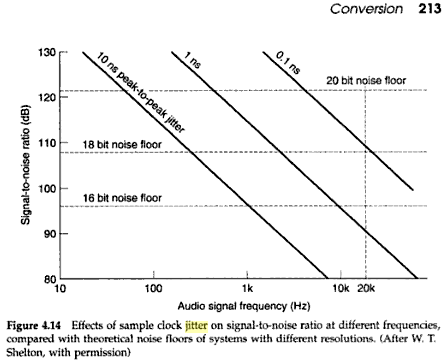No, Don, I don't believe you are correct - Bob states that the best he can get in matching his production amplifiers (for a certain series model) is about -36dB null i.e two identical amplifiers.
Hmmm... I thought we were talking about The Carver Challenge, apologies if I misread. I jumped in the middle (again).
That said, a null of only 36 dB between two "identical" production amps would surprise me.







